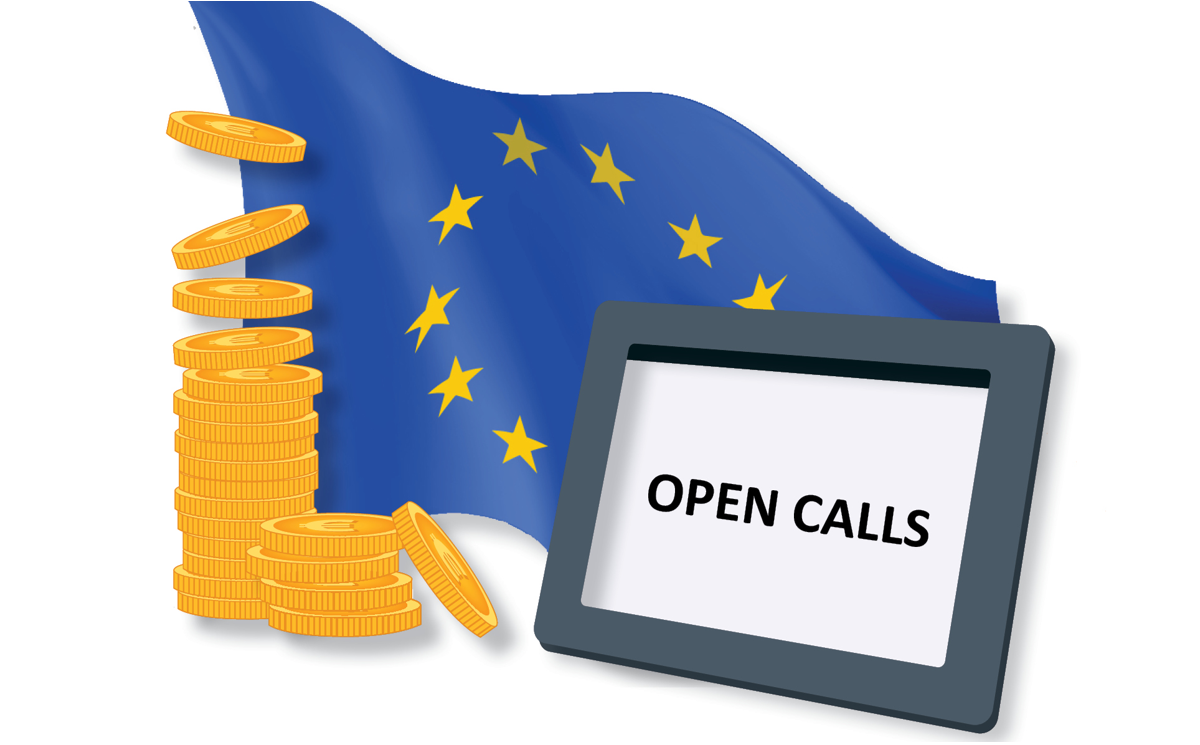
Funding mining and metallurgy: R&I investments and ESIF
- Mon, 30/09/2019
Under the topic R&I investments and European Structural and Investment Funds (ESIF), MIREU Work Package 6 (WP6) is committed to establish operational synergies between R&I investments (public and private) and the ESIF. The rationale behind this aim is that EU funds provide considerable opportunities to address the concrete investment gaps identified in mining and metallurgy (M&M) regions. Likewise, these funding opportunities are of utmost interest for the successful implementation of EU macro policies (such as Resource Efficient Europe or EU Industrial Policy) and Smart Specialisation Strategies (RIS3). In this context, S3 partnership on Mining Industry and global value chains is being operationalised, which background are the projects REMIX (Interreg Europe) and MIREU (H2020), to boost industrial competitiveness and investments in the EU in the M&M sector. The focus of such a partnership is to facilitate an open process for interregional collaboration on business-driven investments. Thus, with the support of such partnerships, EIT Raw Materials, ESIF and ongoing financial instruments (FI), challenges in the M&M may be surpassed.
The work developed by MIREU partner NOVA attempts to identify what were the ongoing Funds available at different scales (European, National and Regional), how were they creating benefits for the regions involved in the project and to understand if they are targeting the M&M main weaknesses of the regions.
Results point out that there are several ongoing financial opportunities that can be addressed to different parts of the M&M value chain such as exploration, development and feasibility or environment and circular economy, which may represent an opportunity for stakeholders engaged in MIREU.
Regarding the regional analysis of the ongoing EC funded projects, even though the regional distribution of funds varies, the following general conclusions can be made:
- Regarding the projects budget, except projects funded by operational programs that operate at NUTS 2 level, there is a reduce percentage of the budget that is allocated to the regions, especially in big projects such as some financed by H2020;
- An aspect valid for most of the regions is that the big players such as larger companies and universities are the ones that most appear in project consortia, while there are many more SMEs and even other large companies in the regions, which are not engaged in EU funding programs;
- Regarding the value chain of M&M what results point out is that most of the EU funds are being applied on upstream operations of the M&M value chain such as exploration, development or production. Most of the regions have a reduced number of projects relating to sales and exports and employee and community benefits. Projects that target the environmental and circular economy aspect of the sector are focused mainly on resource efficiency and leaving the impact from the industry absent from the picture.
Having this picture in mind, WP6 will continue to work to improve the effectiveness of existing ESIF and encourage R&D investment in M&M. In this context, from the development viewpoint of the M&M sector and the funding available, it is important to underline that mining regions may benefit from extra support if they belong and work together within the S3 partnership framework.
Comments